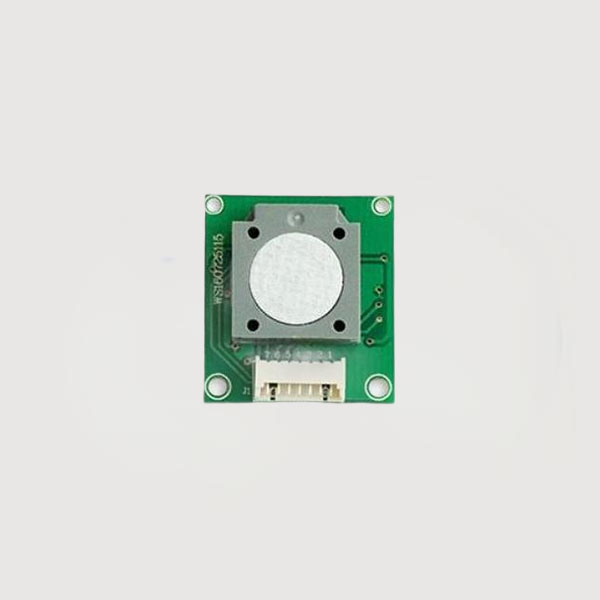

 News
News Industry News
Industry NewsFormaldehyde, as a "class 1 carcinogen" recognized by the World Health Organization, has frequently appeared in people's field of vision in recent years. The reason why formaldehyde has become a "stubborn element" of air pollution is mainly because it not only has a latent period of 3-15 years, but is also very difficult to detect.
Although formaldehyde is irritating, reports show that the odor threshold of formaldehyde, that is, the minimum concentration that people can smell, is 0.05-0.5 mg/m³, but under normal circumstances, the minimum concentration of odor that most people can smell is 0.2-0.4 mg/m³. Simply put: the formaldehyde concentration at home may have exceeded the standard, but we can't smell it.
In another case, the irritating smell may not necessarily be formaldehyde, but may be other gases.

In addition to concentration, different people have different olfactory sensitivities, which are related to whether they smoke, the purity of indoor air, previous olfactory experience, and even psychological factors.
For example, for non-smokers, the odor threshold is low, and they can still smell the odor when the indoor formaldehyde concentration is not exceeded; while for adults who smoke, the odor threshold is high, and they still cannot feel formaldehyde when the indoor formaldehyde concentration has exceeded the standard.
Therefore, it is obviously unreasonable to judge that the indoor formaldehyde exceeds the standard simply by smelling the odor, and some instruments are needed to detect formaldehyde.
According to relevant standards and market research, there are currently at least 9 determination methods that can detect the formaldehyde concentration in the air. Among them, AHMT spectrophotometry, gas chromatography, acetylacetone fluorescence spectrophotometry, high performance liquid chromatography, and mid-infrared laser absorption spectroscopy are high in cost, and the user group is generally experimental personnel. The methods that ordinary consumers can access mainly include: metal oxide semiconductor method, electrochemical sensor method, phenol reagent spectrophotometry, photoelectric photometry, etc.
Compared with other methods, electrochemical formaldehyde sensors have the advantages of strong anti-interference ability, single response, high sensitivity,
accurate measurement results, low detection limit, and good recovery response characteristics. Therefore, the detection principle of electrochemical formaldehyde has been recognized by most people and is the focus of future formaldehyde gas sensor research.

Electrochemical Formaldehyde Module TE08-CH2O
As consumers pay more attention to indoor air quality, formaldehyde sensors are also integrated into air detectors, air purifiers, fresh air systems, smart air conditioners and other equipment together with PM2.5 sensors, air quality sensors, temperature and humidity sensors, etc., to create a healthy living environment for consumers.
For more air quality sensors and application solutions, please come to us~
ShanXi TengXing Sensor TechnologyCo.,Ltd
Website: www.tensensor.com
Email: [email protected]